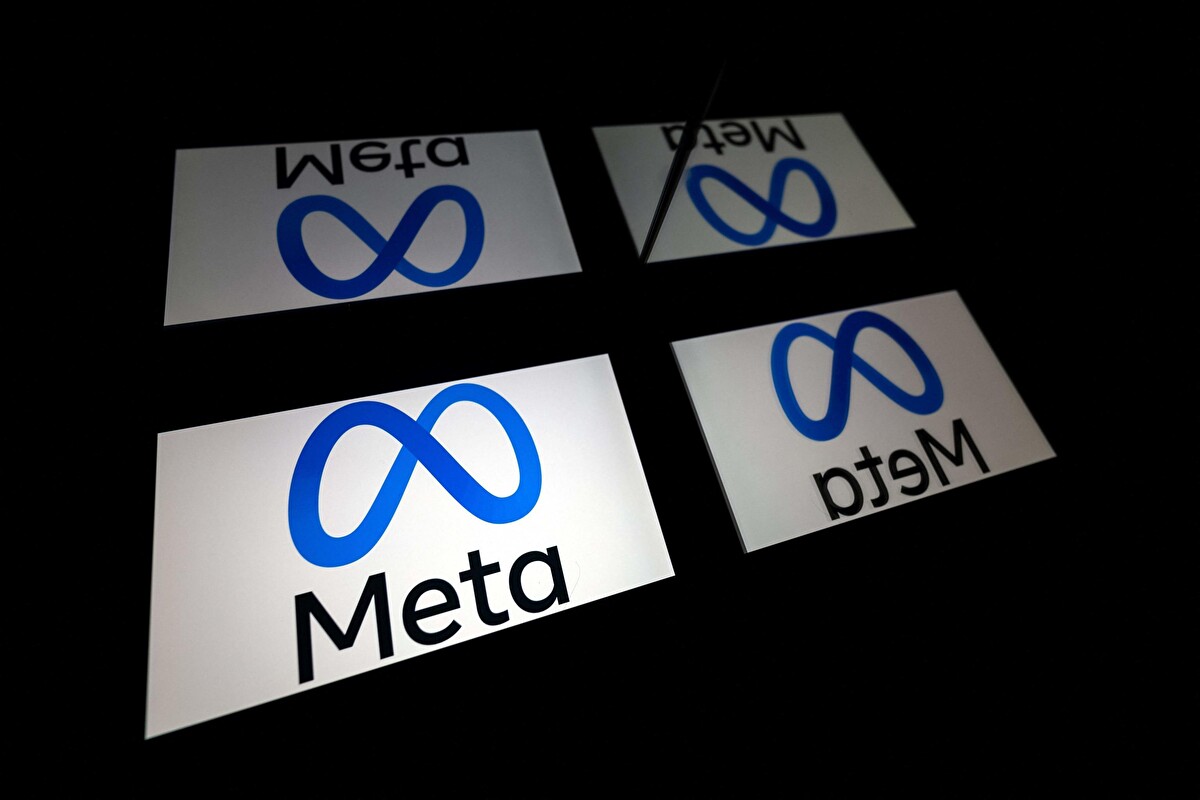Between July 6 and October 25, 2024, political parties and electoral organizations in the United States spent approximately $280 million on advertising across Meta platforms. This equates to an average daily expenditure of over $2.5 million, according to data provided by Who Targets Me, a platform that compiles information from Meta’s ad libraries via API.
In the race for the White House, all parties leveraged Meta platforms like Facebook and Instagram extensively. The Democratic Party alone spent roughly $130 million, with additional contributions from Democratic PACs and progressive groups bringing the total to $176 million. In comparison, the Republican Party and conservative groups spent around $63 million.
The Democrats made three significant advertising pushes between July and August. The first occurred on July 22, when Kamala Harris was announced as Joe Biden’s replacement in the presidential race, resulting in $4 million spent that day alone. The next major period was during the Democratic National Convention, with August 22 marking the conclusion of the event—a time traditionally marked by heavy advertising to amplify campaign messages. On that day, the party spent $2.8 million. The third major push occurred on September 11, the anniversary of the 2001 attacks—a date of deep national significance. On that day, Harris and Trump met and shook hands following a heated one-hour-and-fifteen-minute televised debate. Between September 10 and 11, the Democrats spent over $6 million. Finally, on October 16, just a few weeks before the election, there was another major spending surge aimed at reinforcing the Democratic narrative and countering GOP events, including Trump’s appearance in Georgia after a series of rallies in key swing states.
Analyzing the average spending per page reveals a clear trend: Democrats are investing significantly more than Republicans in each individual ad on Meta, aiming for high impact with every publication. With 1,470 active pages, the Democrats are spending an average of $88,123 per page. In contrast, Republicans, with 1,429 active pages, are spending an average of $15,774 per page. A similar strategy is being followed by progressive groups and pro-Democratic media, with some spending as much as $155,000 per page.
The range of advertisers is diverse, spanning from the personal pages of the candidates to prominent supporters like Joe Biden and Barack Obama for Kamala Harris, and J.D. Vance and Alina Habba for Donald Trump. Media entities are also involved on both sides: “How to Vote” for the Democrats and “Daily Wire” for the Republicans. “How to Vote” has conducted a campaign focused on voting issues and voter education, spending over $2.6 million on ads. Conversely, “Daily Wire” has emerged as a leading conservative media voice, spending over $750,000 to support Republican ideals and policies.
Among the top individual investors, Democrats Ruben Gallego and Elissa Slotkin are leading the charge, focusing their communication on social justice, immigration reform, and national security. On the Republican side, Ron DeSantis and Tim Scott are notable for their investments in promoting fiscal conservatism and individual liberties. DeSantis concentrates on opposing federal regulations, while Scott advocates for policies that bolster the economy and national security, emphasizing an inclusive message for the African American community.










